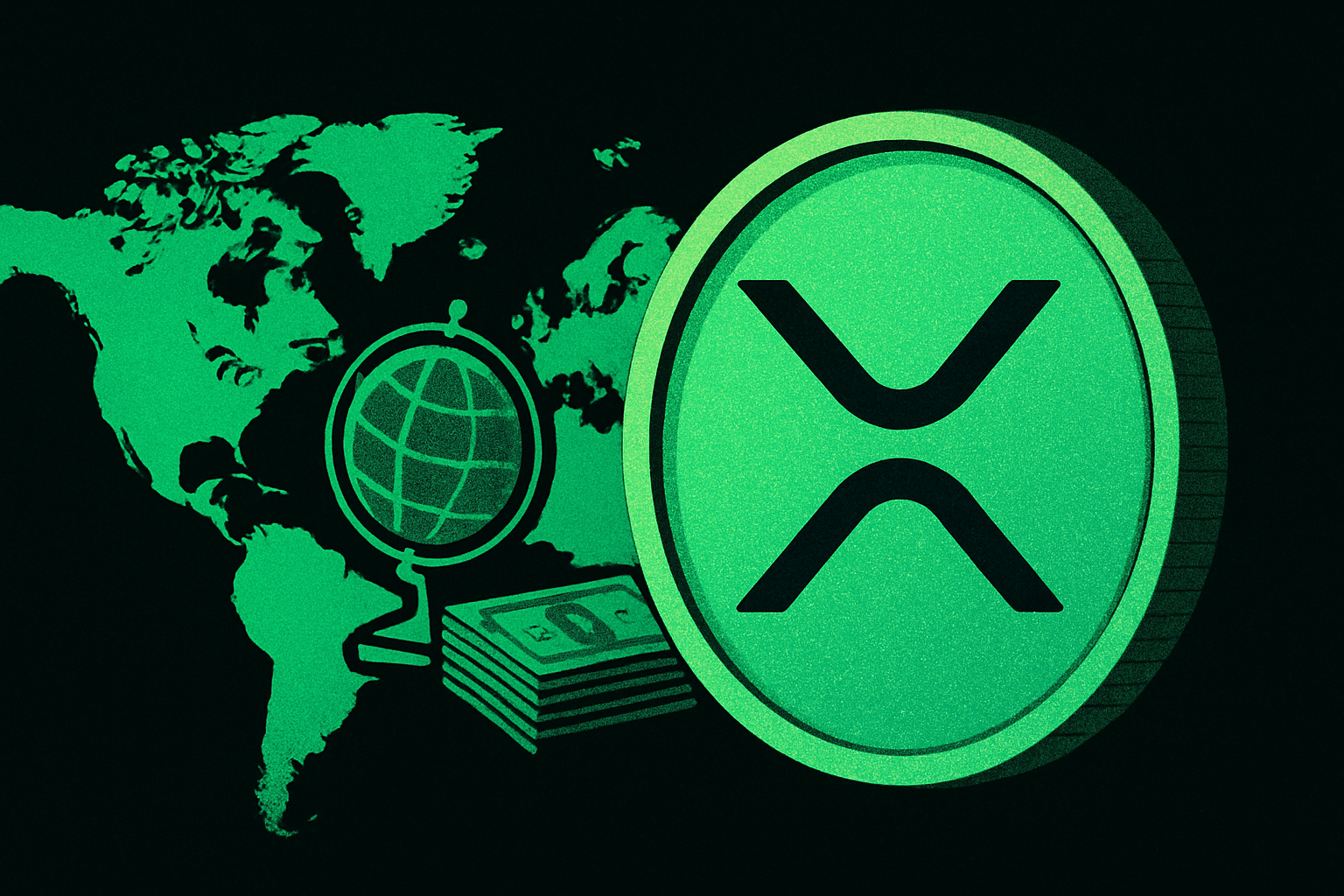Ripple Studied by Central Banks as Alternative to SWIFT—XRP Integration in Sight?

- Central banks are seeking more efficient ways to facilitate international payments, and Ripple is emerging as a key player in these discussions.
- SWIFT remains the backbone of global financial messaging, used by banks and financial institutions.
A post from X Finance Bull on the social media platform X is stirring up the crypto space. The message was, “Still doubting $XRP? Read slower. Project Stella (European Central Bank + Bank of Japan) literally studied Ripple’s rails next to SWIFT to rewire cross-border payments with DLT. If the central banks are watching, maybe you should be too.” And honestly? They might be onto something.
Launched in 2016, Project Stella is a joint research initiative by the European Central Bank (ECB) and the Bank of Japan (BoJ). It was created to do practical testing of Distributed Ledger Technology (DLT) in core financial systems. The kind of stuff that keeps the world’s economy running.
This study began in 2017, when the ECB and BoJ recreated elements of their real-time gross settlement systems using blockchain frameworks. Their goal was to see if DLT could handle day-to-day transaction volume. The answer? Yes, but with caveats.
They then looked at using DLT for delivery-versus-payment (DvP) scenarios in 2018 when phase 2 began. Again, the findings were cautiously optimistic.
But it was Phase 3 (2019) that got especially interesting. Here, the banks dug into cross-border transactions, specifically how to make them safer, faster, and more efficient. And it was here, in the context of real-world payment improvements, that Ripple’s network was recognized alongside SWIFT.
So, What Does This Mean?
To understand why Ripple’s growing presence matters, it helps to look at the system it’s being compared to. Short for the Society for Worldwide Interbank Financial Telecommunication, SWIFT has been the backbone of international banking for decades.
Since its launch in 1973, it has connected over 11,000 banks and financial institutions across more than 200 countries. But SWIFT is essentially a messaging network, not a settlement engine.
It sends payment instructions, but the actual movement of money is handled by a web of intermediaries, often taking two to five days, especially for cross-border transfers. It’s reliable, yes, but slow, expensive, and opaque, with fees, delays, and little visibility for the end user.
Unlike SWIFT, Ripple is about both messaging and instant settlement. Through its RippleNet platform, Ripple offers a way for financial institutions to communicate and settle payments almost in real time.
The report stated that, ” Ripple has developed xCurrent, which connects financial institutions via a global network of participating entities (RippleNet). xCurrent is built around ILP and enables bidirectional communication between participating entities and coordination of payments across ledgers. ”
That means both parties know the status of a payment before it’s completed, drastically reducing errors, delays, and costs. And if institutions use Ripple’s On-Demand Liquidity (ODL) solution, they can even use XRP as a bridge asset to instantly convert currencies.
They end up eliminating the need for nostro/vostro accounts (those pre-funded bank accounts that tie up billions globally just to facilitate currency exchange).
The X Finance Bull then stated, “XRP will explode soon.” This can be interpreted in a couple of ways. On one hand, we might eventually see the integration of XRP into global financial systems. As CNF previously reported, Ripple and the XRP Ledger have appeared in discussions tied to BRICS financial planning, as the alliance explores alternatives to traditional banking.
On the other hand, it could simply refer to XRP’s price action. Currently trading at $2.39, the token has gained 10.39% in the past week and another 4.10% in the past day, hinting at a possible breakout toward the $3 mark.